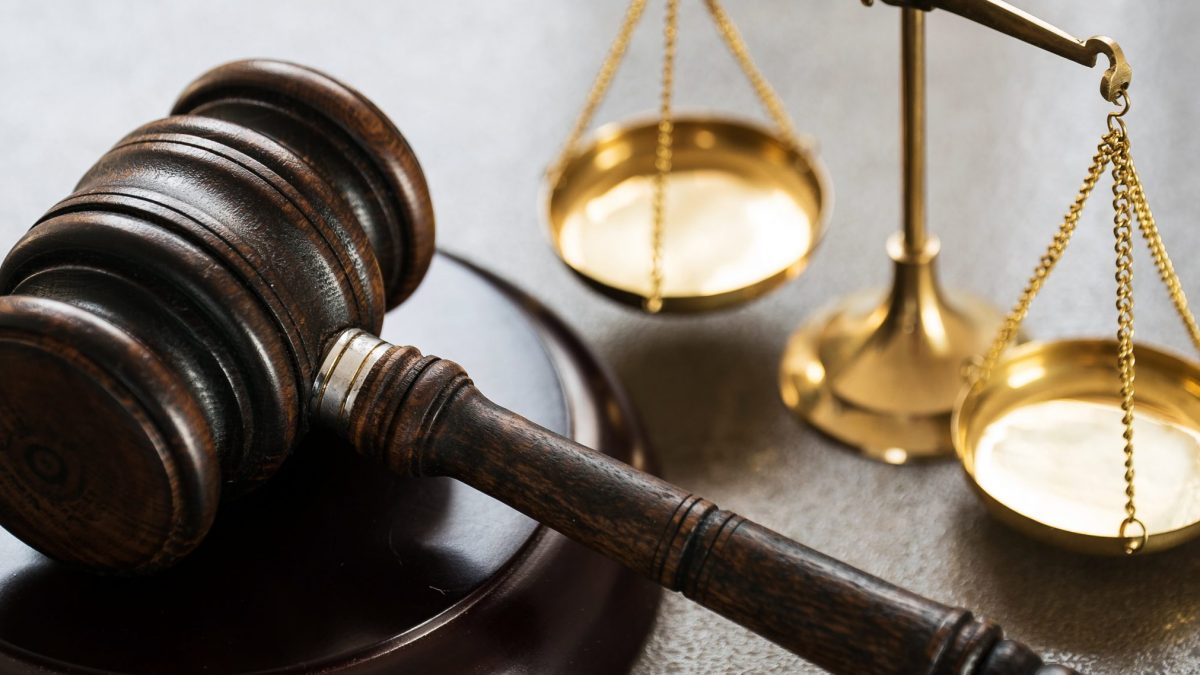
Tips for Success in Applications
October 20, 2022
Commercial Awareness: What is it?
October 23, 2022Article by Jessica Williamson
A landmark ruling by a judge strips protestors responsible for criminal damage of their right to rely on human rights defences to secure acquittal. Is this part of a trend demonising those exercising their right to protest?
Who are the Colston Four?
Rhian Graham, Milo Ponsford, Sage Willoughby and Jake Skuse, responsible for pulling down the statue of slave trader Edward Colston in June 2020, have been dubbed the ‘Colston Four’ by their supporters. The four defendants confessed to bringing ropes to the Bristol BLM (Black Lives Matter) protest, and tying them around the neck of the bronze statue. After removing the memorial from where it formerly stood in Bristol, and proceeding to throw it into the nearby harbour, they were acquitted by a jury who espoused their cause and deemed them not guilty of criminal damage, after their defence that the continued presence of the statue of the 17th century slave merchant was a hate crime.
Background
The statue of Edward Colston had been facing significant controversy in Bristol for a number of years. Built in 1895, it was regarded by many as a monument glorifying him, for having accrued immense wealth as a result of having bought, sold and traded in human beings. He was also closely affiliated with the Royal African Company, which enslaved over 84000 people and was a key player in the Transatlantic Slave Trade. The antiquated morals promulgated by its continued presence in Bristol seemed to strike a discordant note against a town trying to modernise and embrace diversity and inclusion.
It was not until the death of George Floyd, however, that the campaign to remove the statue truly gained momentum. As Black Lives Matter protests sprung up around the United Kingdom in response to the murder of the Black man by a White police officer, 11000 people signed a petition for the statue to be removed. When this failed, protestors in Bristol decided to take action directly. The task of toppling the statue evidently required immense manpower and effort, as whole crowds of protestors were involved in the endeavour. However, after meticulous examination of the CCTV footage of the event, the now-notorious ‘Colston Four’ were singled out as those who had initiated the alleged destruction of property, and were thus arrested.
New Developments
After Conservative MPs criticised the acquittal of the Colston Four, Suella Braverman (previously Attorney General, and currently the Home Secretary) referred the case to the Court of Appeal. The defendants and their lawyers relied on a variety of different defences in the judgement; particularly notable was how they directed the Court of Appeal to consider that convicting them for causing damage to public property would constitute an execrable interference with their right to protest. This is a right protected by the European Court of Human Rights, under Article 11: the right to freedom of assembly and association.
However, in the most recent development of the case on the 28th September, the Court of Appeal ruled that the Colston Four cannot rely on human rights protections to uphold their acquittal. Lord Burnett of Maldon concluded that prosecuting and convicting on the grounds of damage to public property would not be in breach of human rights, given that the destruction of property in itself demonstrates that any protest under consideration could be in no way peaceful or non-violent. In its judgement, the Court relied heavily on the principle of proportionality, promising that minor damage would entail a more minor conviction and vice versa.
Implications
Although this might, at first glance, seem just, the ruling has provoked uproar and uncertainty among human rights organisations. The legal organisation Liberty, for instance, has expressed concern regarding the precedent that this particular ruling might set for future cases. In claiming that the value of the object destroyed should be the determinant of whether or not there is a conviction or sentence, the ruling somewhat diminishes the value of human rights in relation to inanimate objects, presenting them as a privilege to be enjoyed only by the law-abiding, as opposed to a fundamental, inviolate right.
Moreover, it is easy to see how the ruling may be abused. Although the statue of Edward Colston was, fiscally speaking, valuable, it has in all probability gained value after having been retrieved from the harbour into which it was thrown. In a similar vein, the statue continues to be on display, only now in a museum, relegated to history as so many, for so long, have demanded it should be. The act of toppling the statue was thus not an attempt to sabotage the area or destroy it; rather, it was a symbolic gesture, entirely separate from the materialistic concerns that the court judgement implicitly associates it with. Given that this particular incident has been the catalyst for the new judgement, this may have a chilling effect on other like-minded protestors, who enjoy widespread support, but who are, as a result of the court ruling, afraid to make these public statements.
Moreover, the ruling follows a recent trend demonising protests and strike action. In July 2022, the government’s Police, Crime, Sentencing and Courts Act was introduced. It invests the police with more powers than ever before to intervene in and stop protests that it believes will cause significant disruption and, crucially, gives the police discretion to decide what constitutes ‘disruption’. Since all protests will, by their very nature, be somewhat disruptive, as they try to command the attention and support of a public who may have heretofore been unaware of the issue they are raising, police could essentially, under the new act, stop any kind of protest with impunity. The Act comes with further restrictions on noise levels and static demonstrations, whereby the government has essentially tried to strip all protests of their power by legislating to ensure that they follow a homogenous mould that appeals to politicians.
Ultimately, the recent ruling on the case of the Colston Four follows a predictable pattern: a trend that seeks to suppress the right to protest and express the voice of the people through acts of resistance, even when these acts enjoy widespread support and make a community a better place for all. Lawyers and members of the public alike will surely observe new developments in this field with interest and fear, as, under the banner of freedom and autonomy, governmental grip grows ever-tighter.





